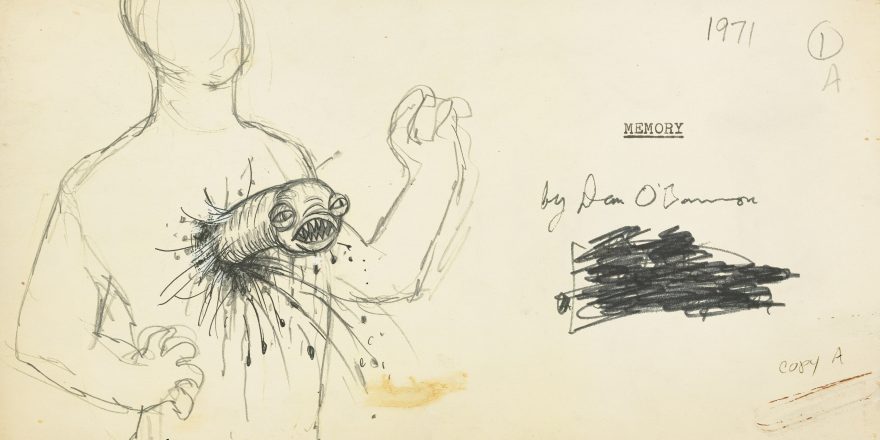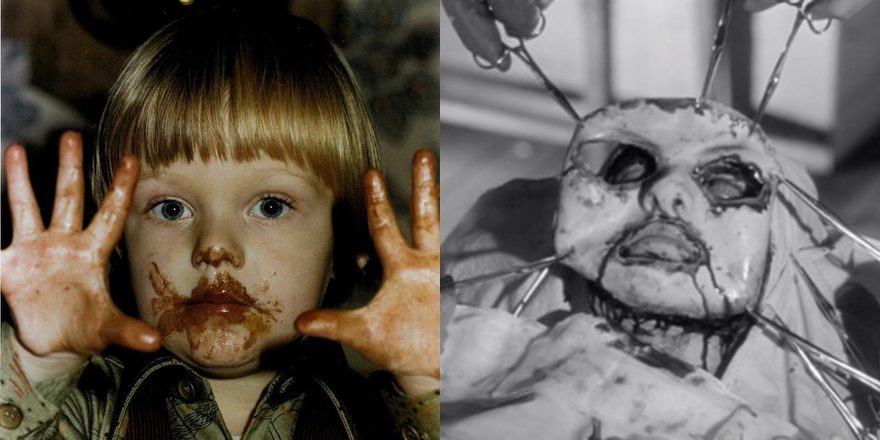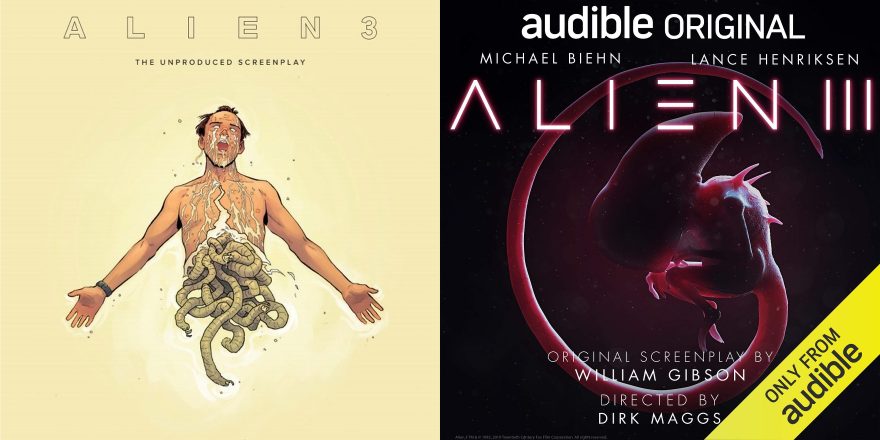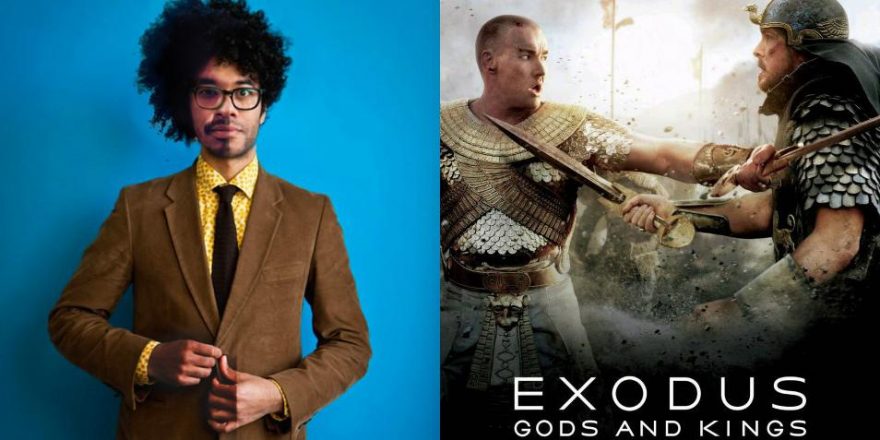At first glance, the Psycho shower scene and the “chest birth” in Ridley Scott’s Alien have much in common. Both occur at midpoint in their respective narratives. Both are located in “safe,” brightly lit spaces. Both rely on a unique blend of surprise and subliminal suspense. Both had an equally lasting impact on our collective psyche. Consequently, Alien and Psycho represent significant fault lines in the history of cinema.
After dedicating three years of my life to the study of the shower murder for my film 78/52, the chestburster seemed like the logical next step. I was driven to find out if those seemingly twin scenes could be dissected by the same scalpel, and if they might yield similar discoveries. Such was the initial impulse behind my new film Memory: The Origins of Alien. To my surprise, a few months into production, I quickly realized that my approach wasn’t going to work — precisely because the shower scene and the chestburster are, in fact, very distinct screen moments. The former resonated with audiences because it unleashed a collection of repressed societal fears that had reached a tipping point. Psycho was very much of its time — the movie that we collectively wanted to see in 1960; the lightning-in-a-bottle cinematic transition to the turbulent sixties. Alien, on the other hand, was, in many respects, decades ahead of the cultural dialogue. In 1979, audiences weren’t exactly clamoring for Lovecraftian horror in the form of artist H.R. Giger’s horrifying biomechanoid xenomorph. Case in point: they resoundingly rejected John Carpenter’s The Thing, which had much in common with screenwriter Dan O’Bannon’s early (pre-Starbeast, pre-Memory) version of Alien — a spectacularly creepy unproduced script titled They Bite. Close Encounters of the Third Kind and E.T. The Extraterrestrial were the movies we wanted to see in the mid to late seventies; but Alien was the movie we needed to see.
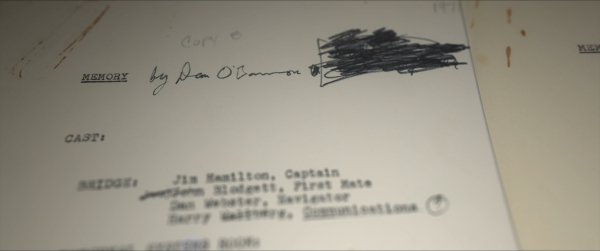
I believe Alien became an emphatic box-office success because it expressed ideas and images rooted in mythology, and therefore deeply connected with our collective unconscious. The xenomorph emerged fully formed from Giger’s imagination. It existed in his seminal book Necronomicon years before O’Bannon showed Giger’s painting Necronom IV to Ridley Scott; before anyone had thought Scott capable of pulling off Dan’s persistent vision. In fact, early versions of the Space Jockey started appearing in Giger’s paintings as early as 1967. It’s as if those creatures had been lying in wait for the right story to bring them to life. It was Jodorowsky’s unrealized Dune that brought O’Bannon and Giger together, and had Dune become a reality, it’s safe to say that Alien wouldn’t have come together the way it did. Is Alien, then, the result of chance, serendipity, an extraordinary string of coincidences, or was it fated to grace our screens in 1979? The idea that myths are “alive” has always fascinated me. I’m not suggesting that they are akin to conscious organisms, of course; but by virtue of living in our collective imagination, they acquire a certain type of existence.
Myths are also perennial, and they tend to reemerge at very specific times in our history — either to reaffirm the significance of contemporary cultural moments (one could argue that It Chapter One came out just in time to remind America that, by standing united, we might exorcise the orange-haired clown hellbent on tearing apart the very fabric of our nation), or to express ideas we’ve repressed and that we need to process — ideas that aren’t yet part of the cultural dialogue, but that will eventually emerge as such. I believe that Alien is that kind of movie, and that it is much more culturally relevant today, in the context of our open dialogue about patriarchal imbalance, than it was 40 years ago. And yet, Alien unquestionably struck a deep nerve back in 1979.
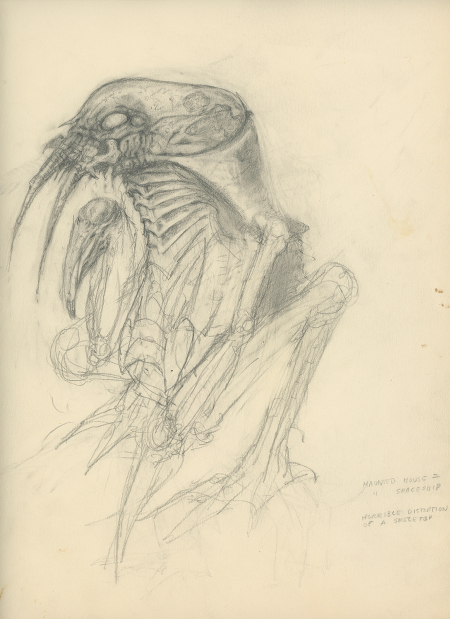
To what extent did we collectively summon Alien, or will it into existence? After all, similar narratives had been thriving in the realm of B movies (It! The Terror From Beyond Space, Planet of the Vampires, Queen of Blood) and underground comics (EC’s Seeds of Jupiter and Tim Boxell’s Defiled) for decades — heck, even Carpenter’s Dark Star can be considered an early draft of Alien with a comedic slant — making the film’s instant success even more surprising. Had O’Bannon, Giger and Scott not been on the frequency for that myth, would other equally visionary artists have inevitably been compelled to tap into it? Was Alien an unexpected smash hit because it excelled in its combined mastery of narrative (O’Bannon), form (Giger), and style (Scott)? And what was it, exactly, that erupted through the silver screen on May 25, 1979, in the form of SFX artist Roger Dicken’s crafty “puppet on a stick”?
For me, the answer lies in a rather obscure behind-the-scenes anecdote, which essentially became the reason I felt, and ultimately came to believe, that Memory: The Origins of Alien had to be made. At some point during pre-production, Scott showed Giger a possible source of inspiration for the chestburster: Francis Bacon’s revolutionary 1944 triptych, Three Studies for Figures at the Base of a Crucifixion — a scene essentially hijacked by grotesque, feral chthonic deities of vengeance and retribution known as the Furies, or Erinyes, which appear again and again in Bacon’s oeuvre, and which he personally felt haunted and hunted by. To suggest that Scott intentionally summoned the Furies by showing that image to Giger would, of course, be taking the idea of living myths one step too far. But the poetic synchronicity of that anecdote is stunningly gorgeous and evocative.
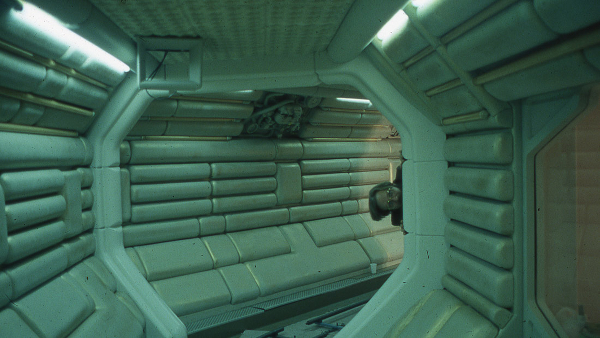
Scott connected with that triptych on a visceral level. Giger struggled to execute a satisfactory design for the chestburster, and Dicken took over, bringing it full circle to Scott’s original impulse. On a poetic level, it’s as if the Furies found in Dan O’Bannon’s Alien, and in Giger’s Necronom IV, the perfect hosts; the ideal cultural vehicle to evoke patriarchal imbalance through shock and subversion. It’s as if they guided Scott’s vision, and manipulated his execution, to help him craft a screen moment of unequaled cinematic intensity. If Alien is a tactile movie, as media scholar Henry Jenkins suggests, the chestburster isn’t merely visual and aural — it’s also a physical experience. It is the closest thing we have to the embodiment of mythological ideas willing themselves to existence through the medium of cinema — reminding us that the same stories, the same Gods, and the same monsters come back again and again to teach us the same lessons; that Alien does to contemporary audiences what Aeschylus’ Oresteia did to the ancient Greeks; that the history of the world, and the stories we tell ourselves and each other, are caught in an endless loop of repetition — chaos / consciousness / order / corruption / imbalance / chaos / correction / order…; that the distant past is really no different than the distant future; that, as the trailer to The Rise of Skywalker suggests, “a thousand generations live in us now.” And when I process all of this, and become utterly overwhelmed by the beauty, horror, and synchronicities of Alien, I think of Peter Gabriel’s lyrics for “Time Table,” an obscure Genesis song from their Foxtrot album, which I was obsessed with during my teenage years:
Why, why can we never be sure till we die
Or have killed for an answer
Why, why do we suffer each race to believe
That no race has been grander
It seems because through time and space
Though names may change each face retains the mask it wore.”
All images from Memory: The Origin of Alien courtesy Screen Media, copyright O’Bannon Estate.



